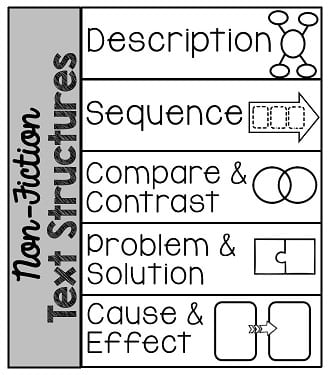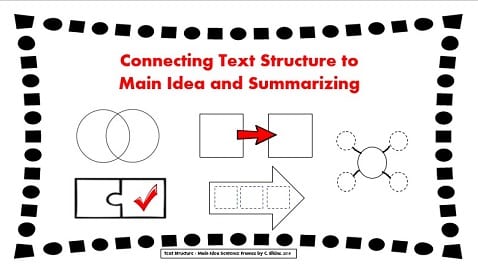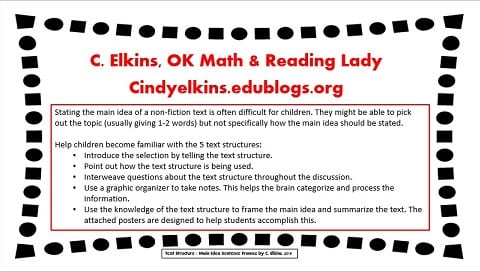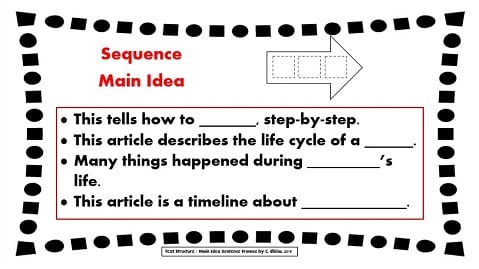by C. Elkins, OK Math and Reading Lady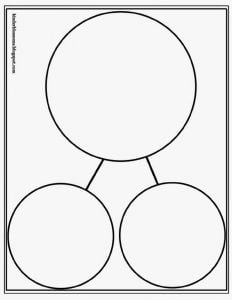
Here are some cool graphic organizers for your math files! Make sets of them, laminate or put in plastic sleeves, and use them over and over again! Graphic organizers help students stay organized and teach them how to complete problems neatly. They are also a great way for students to show different strategies for the same problem. While primary students may need an already-made graphic organizer, intermediate students should be taught how to duplicate them on their own to use whenever the need arises – so the simpler, the better! With repeated use, students are more likely to utilize them regularly in their daily work (and on their scratch paper with assessments).
This one has ten frames and part-part-whole models. In my opinion, these are essential when working with K-2 students because they help children with subitizing, number bonds, and addition / subtraction facts. If you are using Saxon, you are missing these important strategies!!:
Here’s one to show fractions (area, set, length models)
Need a template for students to make arrays? This one is ready! I love showing students how to break an array into smaller parts to see how multiplication (or division) facts can be decomposed. Example: Make a 6 x 7 array. Section off a 6 x 5 part. Then you have a 6 x 2 part left over. This proves: 6 x 7 = (6 x 5) + (6 x 2). Or — 6 x 7 = 30 + 12 = 42
This graphic organizer shows 5 different multiplication strategies using 2 digit numbers, and a blank one for students to record their thinking. Very handy!! One of my favorite strategies is partial products. I highly recommend this one before going to the std. algorithm because students decompose the problem by place value and must think about the whole number and not just the parts.
Do your students need something to help them see the different models for a decimal? Try out this graphic organizer. Students will utilize the pictorial forms as well as the abstract.
Do your students know that .7 (or 7/10) is the same as .70 (or 70/100)? Using this dual set of tenths and hundredths grids will help them see why this is true!
Be sure to check out my FREE templates and organizers (see black bar above “links . . .”) Please share your favorite graphic organizers for math! Enjoy!!
